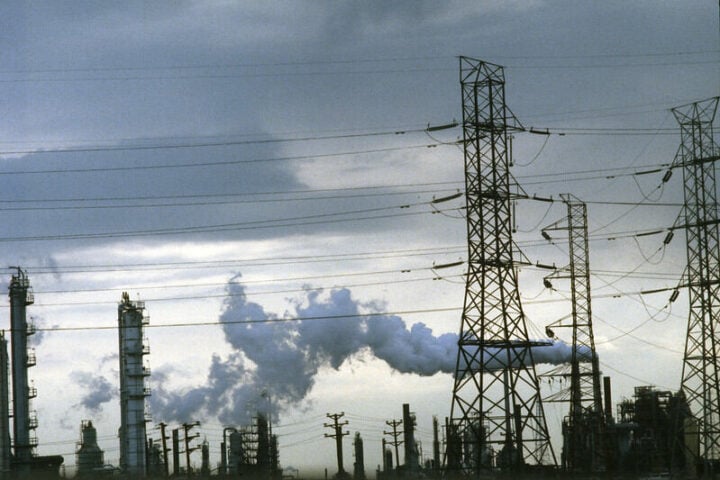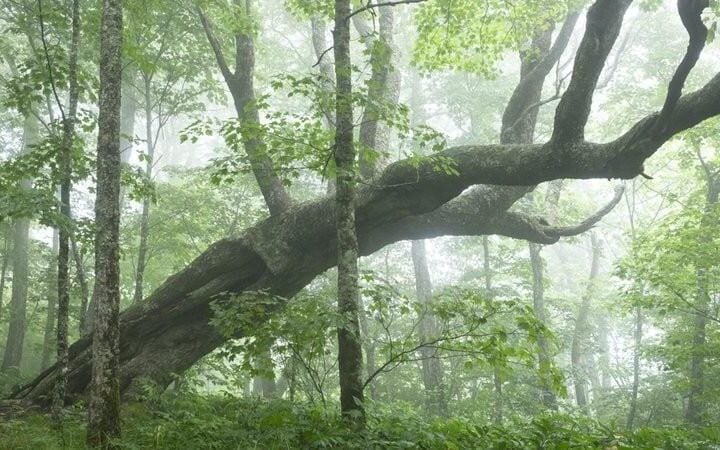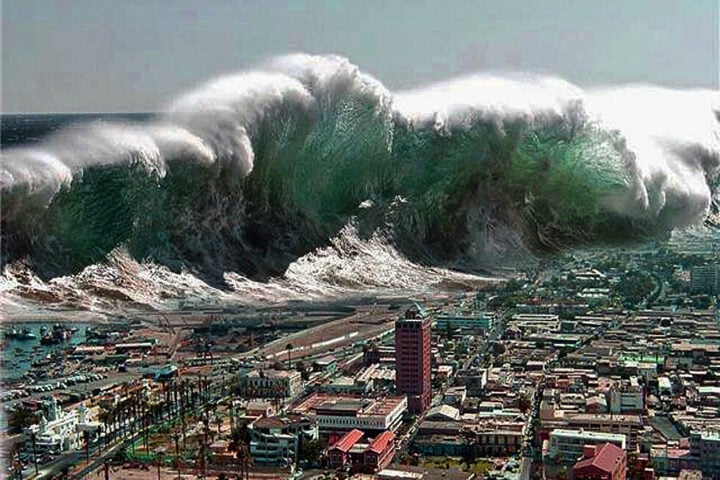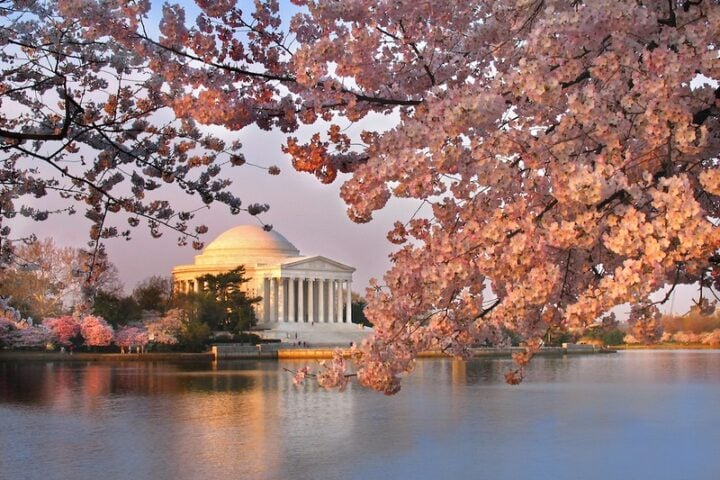Blue waters of Lake Tahoe are making their biggest comeback in nearly 40 years. The lake’s clarity has been monitored by the University of California, Davis’ Tahoe Environmental Research Centre for 50 years.
The improved clarity is attributed by researchers to a resurgence of the lake’s native zooplankton. Since the 1980s, Lake Tahoe has been the clearest for the last five months of 2022.
The UC Davis Tahoe Environmental Research Centre has released these findings in its report viz. “Lake Tahoe Clarity Report 2022”. A decline in clarity was caused by algae growth & fine particles in the late 1960s through the turn of the century.
Clarity in most years has been impacted by a single-celled algae called Phytoplankton Cyclotella. Researchers have seen an improvement in winter clarity over the past decade. The average annual clarity of nearly 72 feet was measured by the researchers.
It is hoped by officials in California & Nevada that the lake will be returned to its historic level of 97.4 feet. The depth to which a 10-inch white disc remains visible when lowered in the water measures clarity. Lake Tahoe’s average annual clarity was 71.7 feet, compared to 61 feet in 2021, as measured in 2022.
The highest numbers of the zooplankton Daphnia & Bosmina coincided with the great improvement in lake clarity from August through December in 2022. As zooplankton eat cloud-forming particles, they can help improve the lake’s clarity.
Over the years, the Daphna & Bosmina zooplankton species have unexpectedly crashed to dangerously low levels. The decline of zooplankton species in the 1960s was caused by the Mysis shrimp, the primary predator of Daphna & Bosmina.
California & Nevada are actively working to restore lake clarity to its historic 97.4 feet. The concentration of particles in a specific size range & tiny phytoplankton or algae are the primary factors affecting lake clarity.
A rebound of the Mysis shrimp population is expected by the scientists, who are discussing population control measures. The 2023 state of the lake report is expected to be released in July by the Tahoe Environmental Research Centre (TERC).
Year-to-year changes in clarity, including the magnitude of runoff & warming of the lake surface, are influenced by other factors. The conclusion of the report was that only the change in the zooplankton community could account for the magnitude of this year’s change.
The clarity improvement is expected to continue through 2023, as the process is still in its early stages. A major factor in controlling lake clarity is the food web.


















